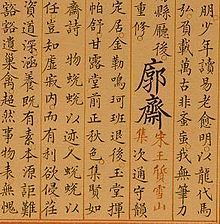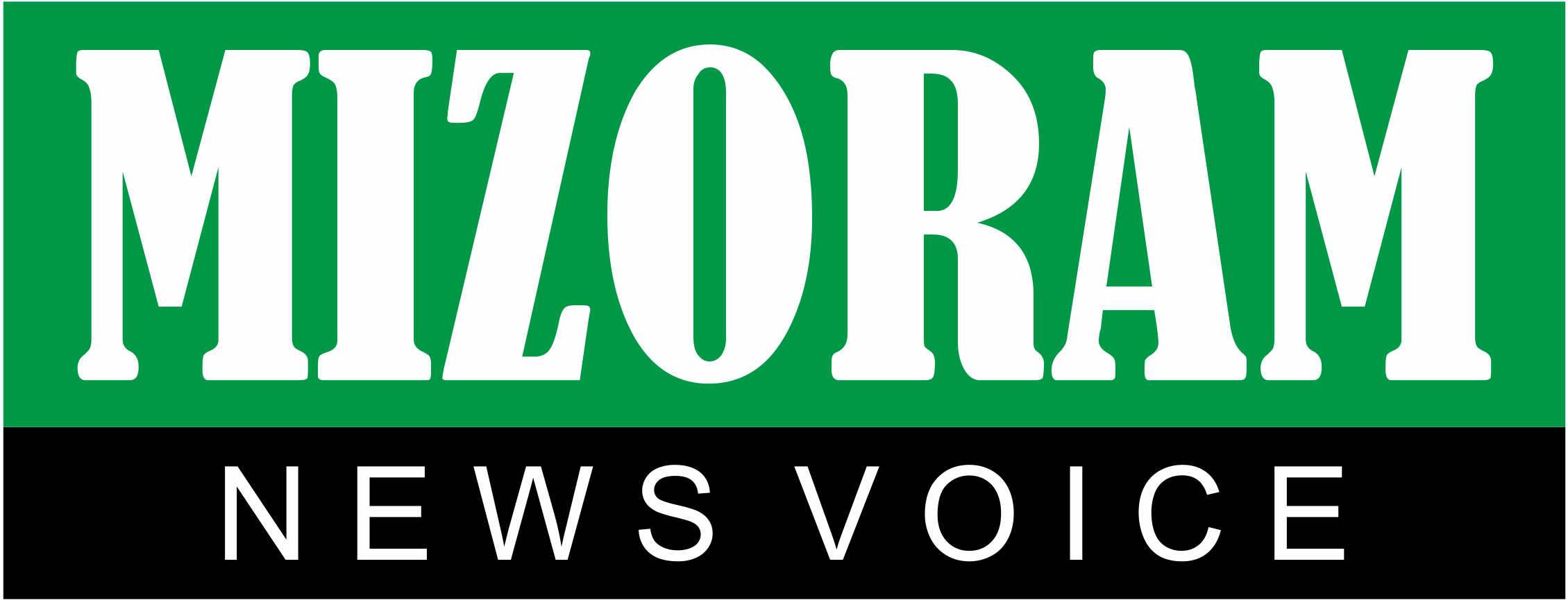General properties[edit]

Writing systems are distinguished from other possible symbolic communication systems in that a writing system is always associated with at least one spoken language. In contrast, visual representations such as drawings, paintings, and non-verbal items on maps, such as contour lines, are not language-related. Some symbols on information signs, such as the symbols for male and female, are also not language related, but can grow to become part of language if they are often used in conjunction with other language elements. Some other symbols, such as numerals and the ampersand, are not directly linked to any specific language, but are often used in writing and thus must be considered part of writing systems.
Every human community possesses language, which many regard as an innate and defining condition of humanity. However, the development of writing systems, and the process by which they have supplanted traditional oral systems of communication, have been sporadic, uneven and slow. Once established, writing systems generally change more slowly than their spoken counterparts. These longstanding changes and adaptions can change by the decade. Thus they often preserve features and expressions which are no longer current in the spoken language. One of the great benefits of writing systems is that they can preserve a permanent record of information expressed in a language.
All writing systems require:
- at least one set of defined base elements or symbols, individually termed signs and collectively called a script;[2]
- at least one set of rules and conventions (orthography) understood and shared by a community, which assigns meaning to the base elements (graphemes), their ordering and relations to one another;
- at least one language (generally spoken) whose constructions are represented and can be recalled by the interpretation of these elements and rules;
- some physical means of distinctly representing the symbols by application to a permanent or semi-permanent medium, so they may be interpreted (usually visually, but tactile systems have also been devised).
Basic terminology[edit]

In the examination of individual scripts, the study of writing systems has developed along partially independent lines. Thus, the terminology employed differs somewhat from field to field.
Text, writing, reading and orthography[edit]
The generic term text[3] refers to an instance of written or spoken material with the former having been transcribed in some way. The act of composing and recording a text may be referred to as writing,[4] and the act of viewing and interpreting the text as reading.[5] Orthography refers to the method and rules of observed writing structure (literal meaning, “correct writing”), and particularly for alphabetic systems, includes the concept of spelling.
Grapheme and phoneme[edit]
A grapheme is a specific base unit of a writing system. They are the minimally significant elements which taken together comprise the set of “building blocks” out of which texts made up of one or more writing systems may be constructed, along with rules of correspondence and use. The concept is similar to that of the phoneme used in the study of spoken languages. For example, in the Latin-based writing system of standard contemporary English, examples of graphemes include the majuscule and minuscule forms of the twenty-six letters of the alphabet (corresponding to various phonemes), marks of punctuation (mostly non-phonemic), and a few other symbols such as those for numerals (logograms for numbers).
An individual grapheme may be represented in a wide variety of ways, where each variation is visually distinct in some regard, but all are interpreted as representing the “same” grapheme. These individual variations are known as allographs of a grapheme (compare with the term allophone used in linguistic study). For example, the minuscule letter a has different allographs when written as a cursive, block, or typed letter. The choice of a particular allograph may be influenced by the medium used, the writing instrument, the stylistic choice of the writer, the preceding and following graphemes in the text, the time available for writing, the intended audience, and the largely unconscious features of an individual’s handwriting.

